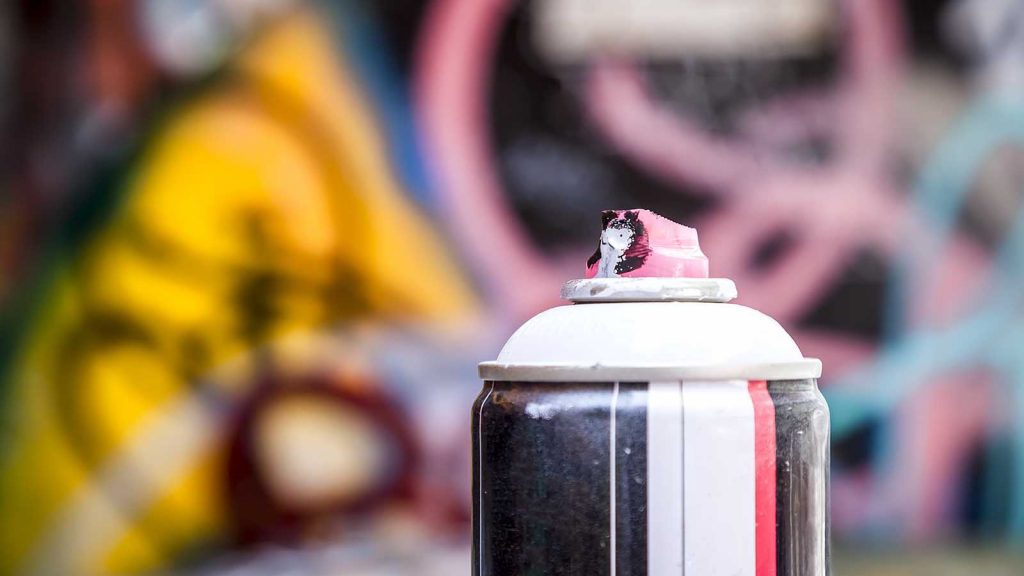What It Means to “Huff Drugs”

What Are Inhalant Substances?
Inhalants are drugs that can only be used by inhaling them. They include different types of solvent, gases, sprays, and nitrites. They are most commonly used by teenagers and preteens because of their low cost and accessibility. You might have also heard specific inhalants be referenced as “bold,” “laughing gas,” “poppers,” “rush,” “snappers,” and “whippets.”
Some products that can be huffed and are considered inhalants include:
- Paint thinners and removers
- Gasoline
- Glues
- Hair spray
- Vegetable oil sprays
- Felt-tip markers
- Spray deodorant
- Fabric protector sprays
- Spray paint
- Nitrous oxide
- Whipped cream containers
Since almost all of these objects can be used safely around the house, it may be hard to tell when your child is huffing drugs or abusing inhalants. Also, the effects of the drug are very short lived, making the intoxication difficult to detect. However, there are some general signs to pay attention to if you think your child may be huffing drugs.
Is Your Child Huffing Drugs?
Some common side effects of huffing drugs include nausea, vomiting, depression, anxiety, loss of appetite, drowsiness, lightheadedness, confusion, dizziness, headache, insomnia, increased heart rate, red eyes, irritability, agitation, and unusual smelling breath. But since the effects disappear rather quickly, you might not be able to spot them while your child is using.
Instead, look out for signs such as empty paint cans or containers, chemical odors on your child’s clothes or body, or paint stains on their clothes or hands. You should also keep track of where you keep certain cleaning products to monitor if they are being moved around or taken.
If you strongly believe your child is huffing drugs, try to approach the topic with them in an honest and gentle way. If they feel attacked or ambushed, they may not respond in the way you want them to. Try to communicate with them about your concerns and seek advice from a doctor for next steps.
Inhalant Use & Abuse Treatment
If inhalant abuse is not treated in a timely manner, it could lead to serious health complications like Parkinson’s Disease, choking, brain degeneration, asphyxiation, suffocation, injury, coma, seizures, convulsions, poisonings, liver damage, kidney damage, hearing loss, bone marrow damage, nerve damage, and overdose. Therefore, it’s important to consult a doctor or treatment specialist as soon as possible if your child is huffing drugs.
Treatment will typically begin while an individual is going through opioid withdrawal. To ease withdrawal symptoms and decrease chances of relapse, rehabilitation specialists will create a unique detox plan to set every patient up for success. After detox, individuals will receive a combination of different treatments to ensure a safe recovery. Treatment options may include cognitive behavioral therapy, group meetings, one-on-one therapy, motivational incentives, etc.



